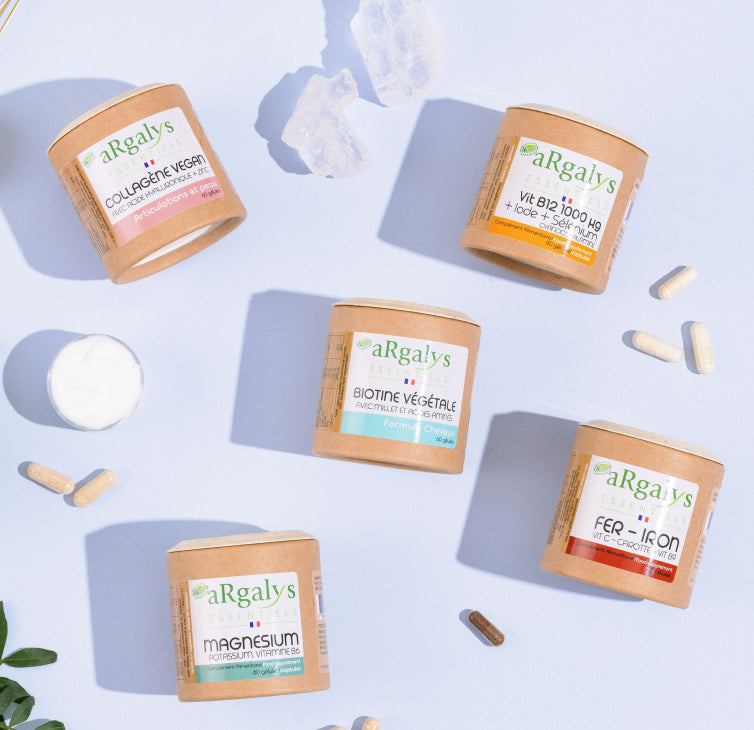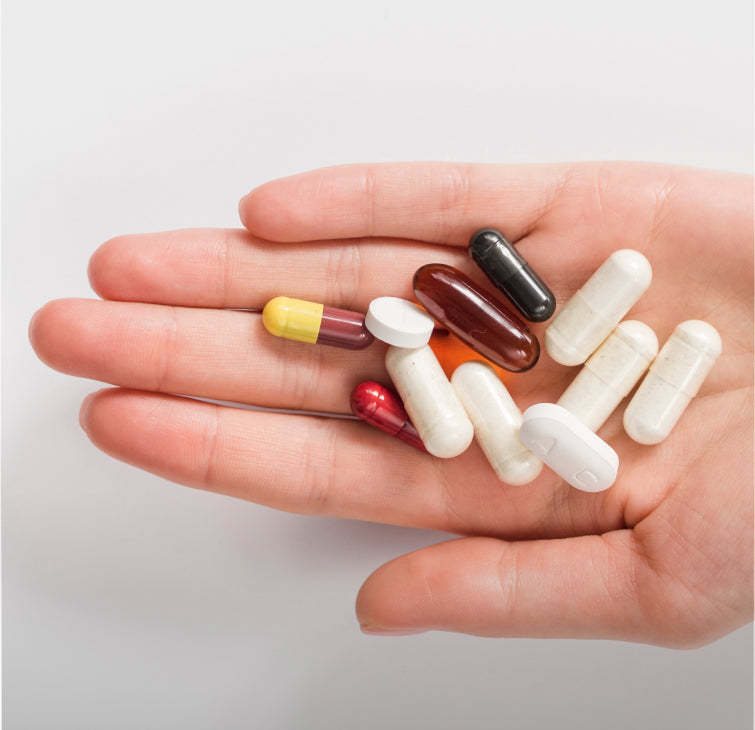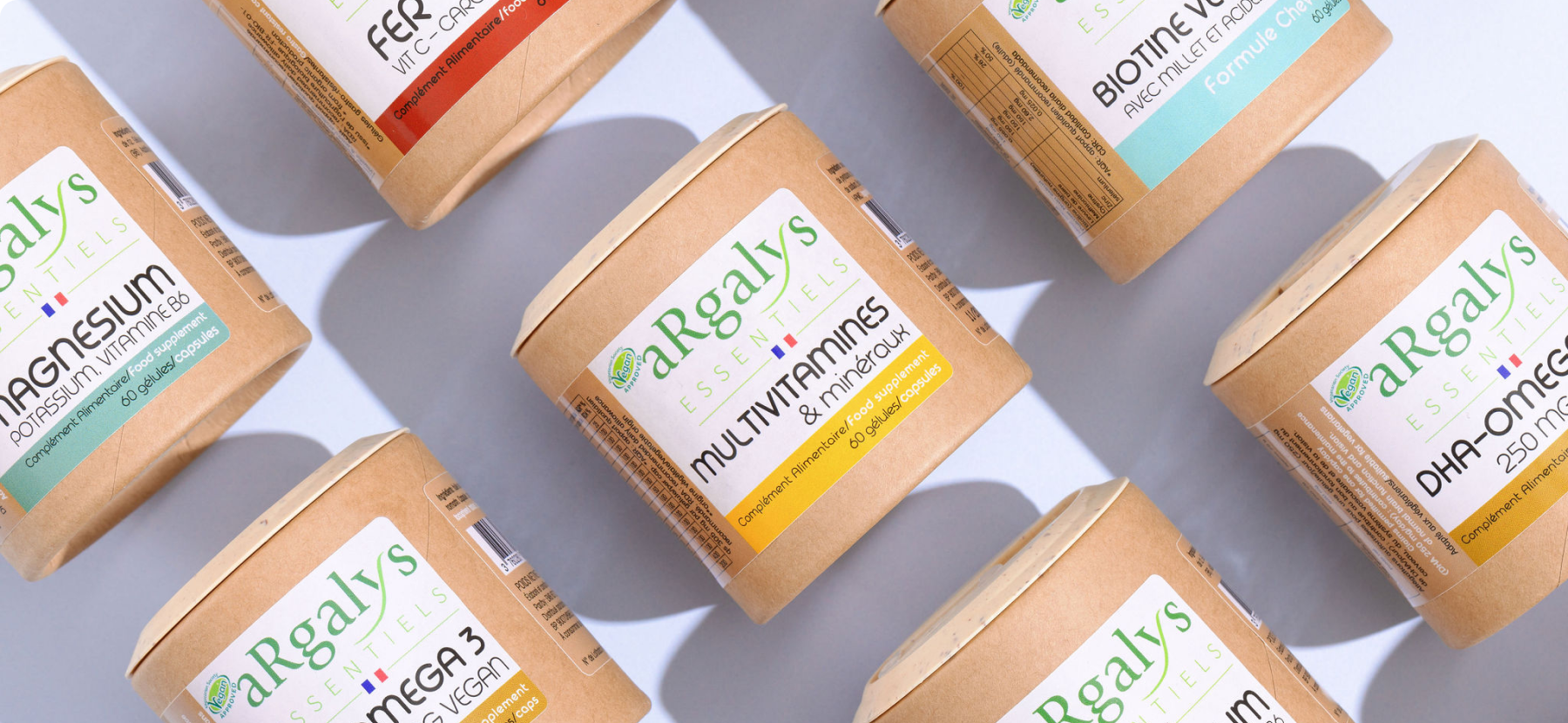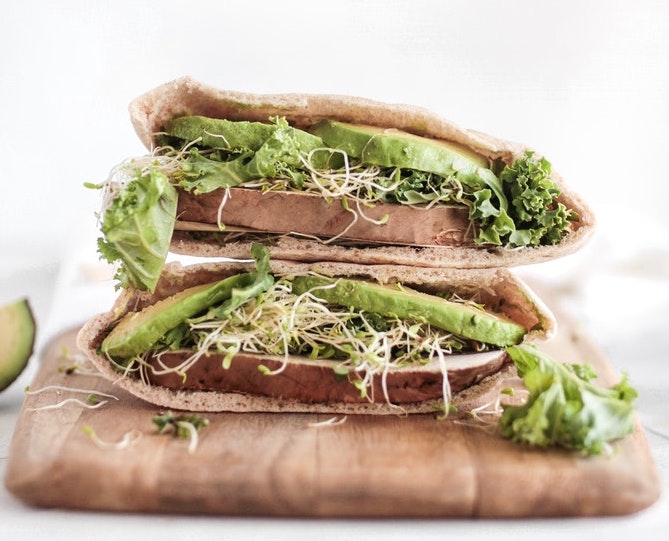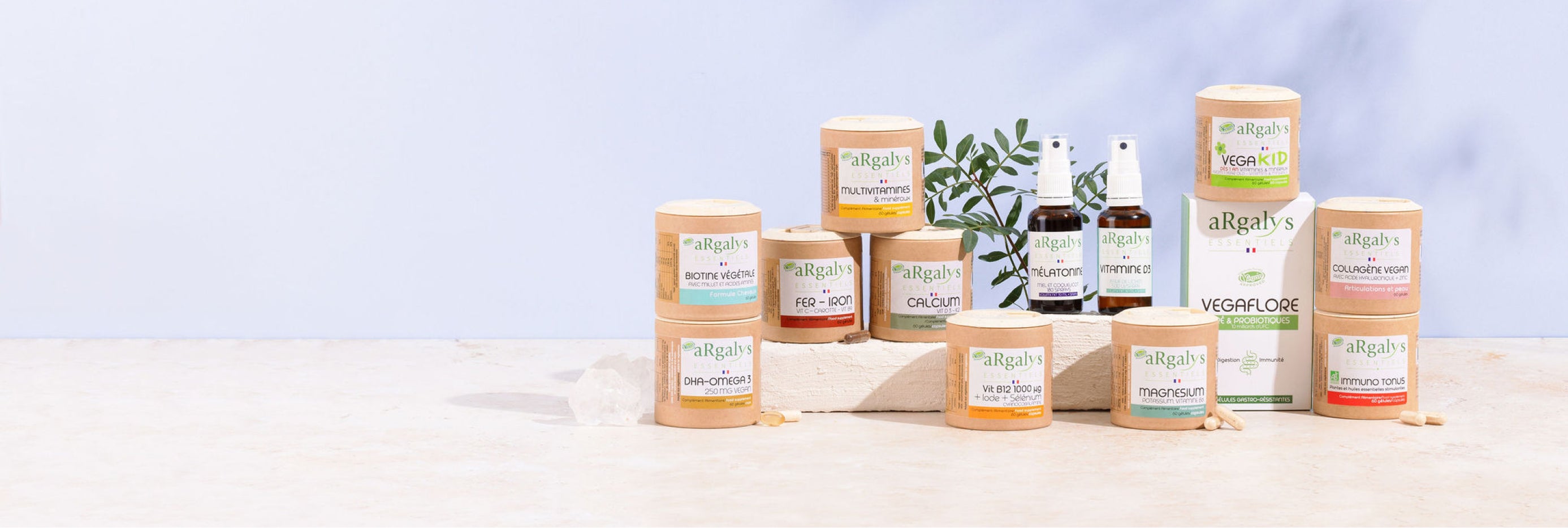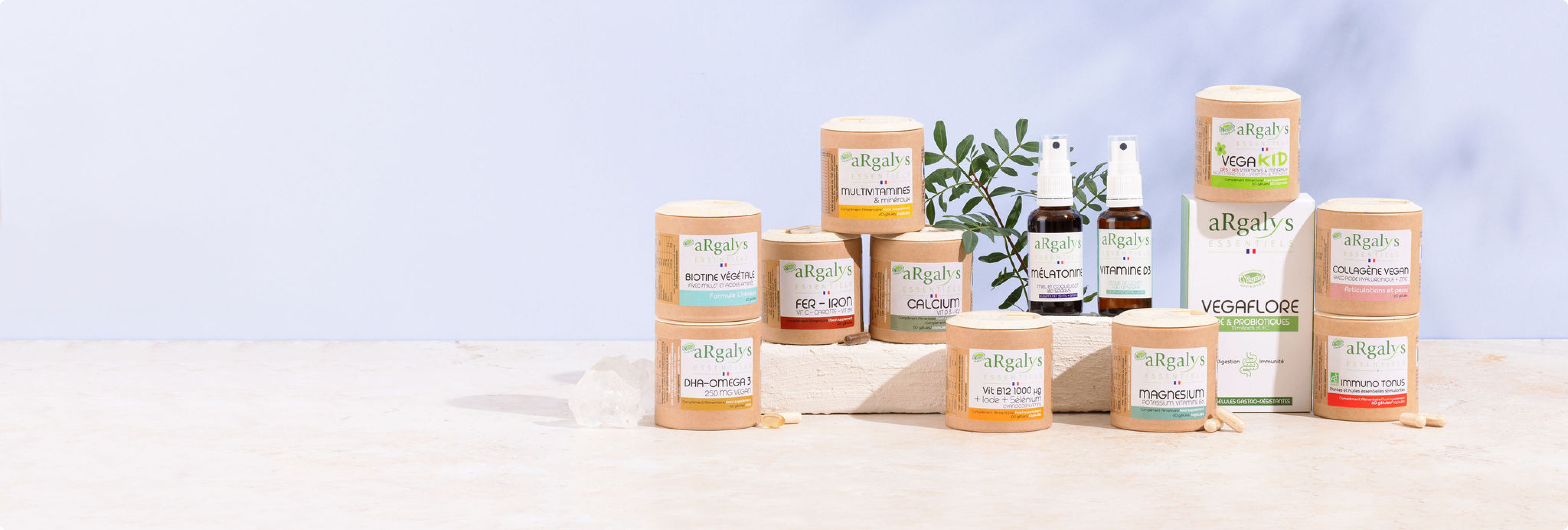French quinoa, Marie-Laure’s crazy bet
Hello Marie-Laure, could you introduce yourself in a few words for our readers please:
Hello to all readers! I am Marie-Laure, a recent farmer, also a mother, passionate about nature and good meals!

I like doing things with my hands, growing plants in my garden or in my fields, and concocting good meals for my family with healthy, minimally processed and local products. So naturally, after working 10 years in agricultural R&D structures, I wanted to go back to basics and cultivate original crops . I settled on the family farm in Aube in July 2017. And I started producing my little seeds! I wanted to produce seeds for human consumption that were healthy, tasty, uncommon, unprocessed and locally produced. I first chose quinoa, but since this year also black Beluga lentils and brown flax.
Why Quinoa?
“I always favor geographical proximity and contact with the producer in my purchases”
I chose quinoa because it's a wonderful plant and because I love eating it! First of all, it is a plant that can grow in our soils and in our climate but whose cultivation in France is recent and not very common. There is little French production despite increasing consumption. And I find it really a shame to bring food products from the other side of the world , when we are able to produce them locally in France. Personally, I always favor geographical proximity and contact with the producer in my food purchases. This culture also appealed to me because it is new and original. How does the plant behave? When do sowing and harvesting take place? With what varieties? Are there any insect pests? Many questions arise and require you to rack your brains, observe, experiment, and test yourself in the fields. And I like that. Finally, I also chose quinoa because it's good! This seed has real nutritional benefits: gluten-free, rich in proteins, essential amino acids, minerals, etc. It can be cooked in multiple ways and allows us to diversify our diet.Is it a tricky production to pull off?
Quinoa is mainly produced in Bolivia and Peru, and we imagine it growing only on the Andean highlands... But in reality, there are many varieties of quinoa adapted to very varied environments (hot, cold, dry, salty, etc.). ). The challenge is first of all to find the right varieties to grow in France, in Aube in particular. Once this choice is made, we are always subject to the vagaries of the climate... Quinoa does not like extreme heat in spring or humidity in summer, which can destroy the harvest. Then, I chose to produce quinoa, and other small seeds as well, without pesticides. Needless to say, it doesn't make my job any easier, with a lot of weeding by hand! But it is also very interesting because I experiment with other ways of producing. So, yes, quinoa is a delicate production to succeed but when it succeeds, what satisfaction!How did the first harvest go?
My first harvest took place in 2016 and it was magnificent! Good quality and lots of grains. Too bad I only had a small area to start with. My 2nd harvest in 2017 was catastrophic: no harvest due to the very rainy month of August. And this 2018 harvest is also very beautiful, the quality is there. I also harvested Beluga lentils and brown flax.
And on the business side, how are you organized?
The idea is to create a range with several kinds of original seeds produced locally on the farm, sold under the “Grains de nature” brand. I market my productions directly or through a short circuit: on the farm and in some markets, in producers' stores or local products, in the Locavor network... I also want to develop sales via my website . You will also find all my points of sale there.
“I market my productions directly or through a short circuit”
Do you have any feedback from consumers?
Yes, that’s the point of direct sales! Consumers find my quinoa different from what they usually buy commercially. It really has more flavor (a quinoa with a real quinoa taste!) and holds up better when cooked. They are also satisfied to be able to discuss this culture which is very little known. For example, many people think that quinoa is a grain, when in reality it is a plant from the beet and spinach family! I show them photos and they didn't imagine it like that at all!Your goals for 2019?
Already, marketing my production this summer. And I also want to develop my range of seeds, by cultivating a new original and local seed in 2019. Ideas ? Cravings ?Finally, do you have a recipe to suggest to us to enhance your quinoa?
I use quinoa both savory and sweet, in aperitif bites, salads, complete dishes (quinoa zucchini etc.), cakes but... Here is a butternut recipe that I really like at the moment because it is in season and it is too Good !
Spicy Butternut Quinoa
For 6 persons :- 300 g Grains de nature quinoa (uncooked weight)
- 500 g of butternut
- 2 stalks of celery
- 30g butter
- 6 glasses of vegetable broth
- 2 chopped onions
- 3 cloves of crushed garlic
- 1 C. to s. turmeric
- 1 C. to c. cumin
- 1 cm finely chopped fresh ginger
- 1 pinch of chili
- Salt and pepper
The 5 points to remember:
- Quinoa is not a grain but a plant from the beet and spinach family.
- An organic quinoa adapted to our climate with the taste of its terroir
- A quinoa produced in Champagne (no need to bring it from Bolivia or Peru!)
- Exceptional nutritional value: gluten-free, rich in proteins, essential amino acids and minerals
- 2/3 of quinoa consumed in France is imported with a very high carbon footprint
 04 74 03 98 80
04 74 03 98 80
